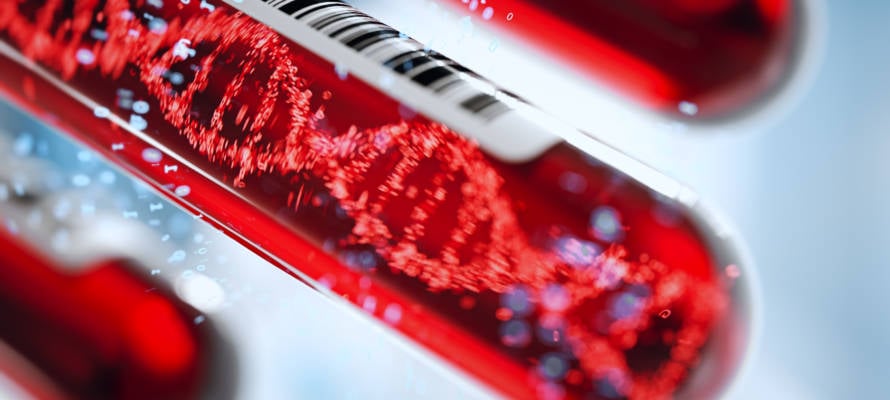Tel Aviv University researchers found that ‘junk DNA’ has managed to survive due to its proximity to functional areas.
By Pesach Benson, TPS
Unlike “junk email” that is immediately deleted to keep inboxes free of clutter, “junk DNA” continues to exist in living creatures in nature such as bacteria, insects, and even mammals such as humans.
DNA contains the instructions, or coding, used to create proteins inside a cell. However, much of the DNA found in cells contains no coding at all. The proportion of coding and noncoding DNA varies between different species, but around 98 percent of all human DNA contains no coding for anything.
The question that Tel Aviv University PhD student Gil Loewenthal sought to answer was why junk DNA has not been eliminated from the genome of living creatures, even after millions of years?
The researchers found that junk DNA has managed to survive due to its proximity to functional areas. They believe that deletions of junk DNA would likely damage nearby functional DNA. The researchers recently explained their model for understanding the phenomenon in Open Biology, a British peer-reviewed journal.
Lowenthal developed the model, which he called, “border-induced selection,” in collaboration with Prof. Itay Mayrose of TAU’s faculty of life sciences.
In recent years, researchers have discovered that cells use some of their junk DNA to create RNA molecules that regulate or assist with the production of proteins, and that some junk DNA can evolve to take on new functions.
